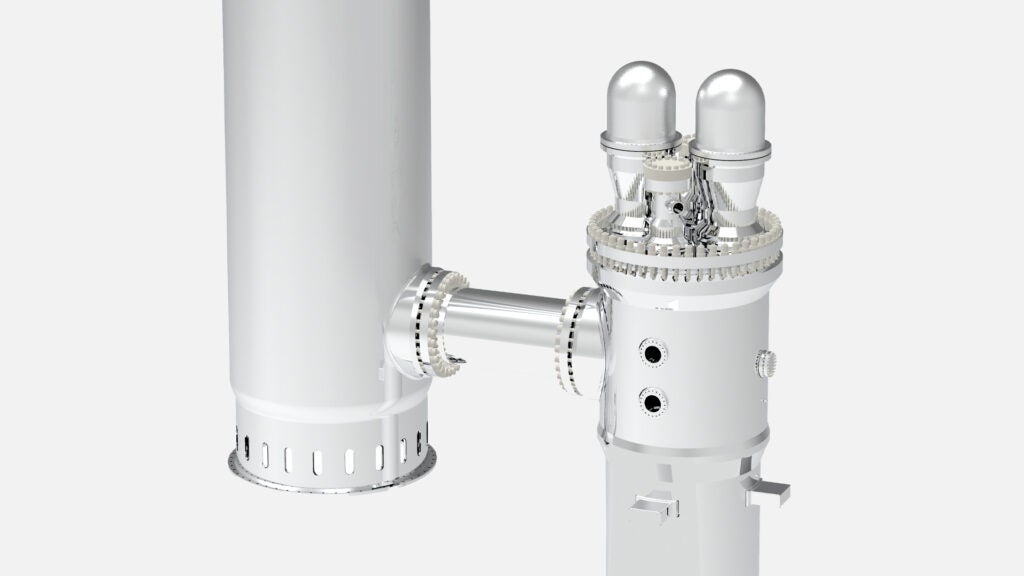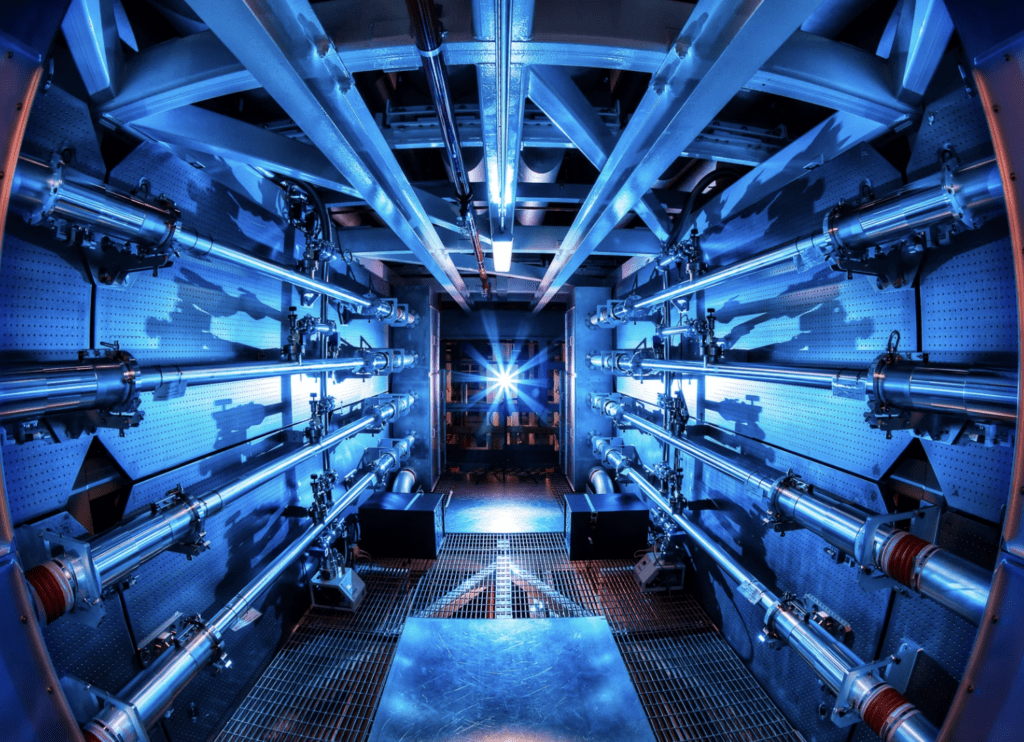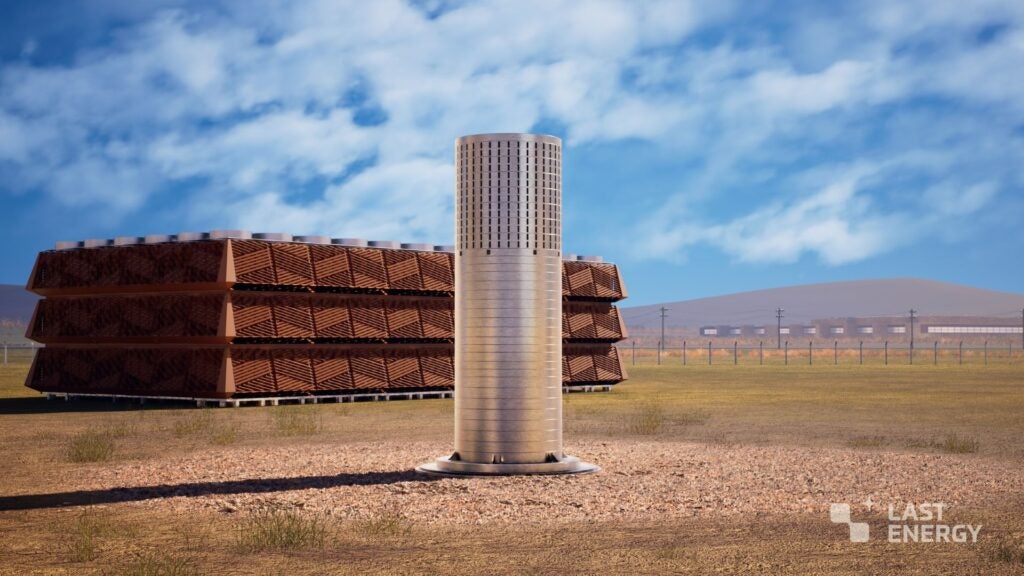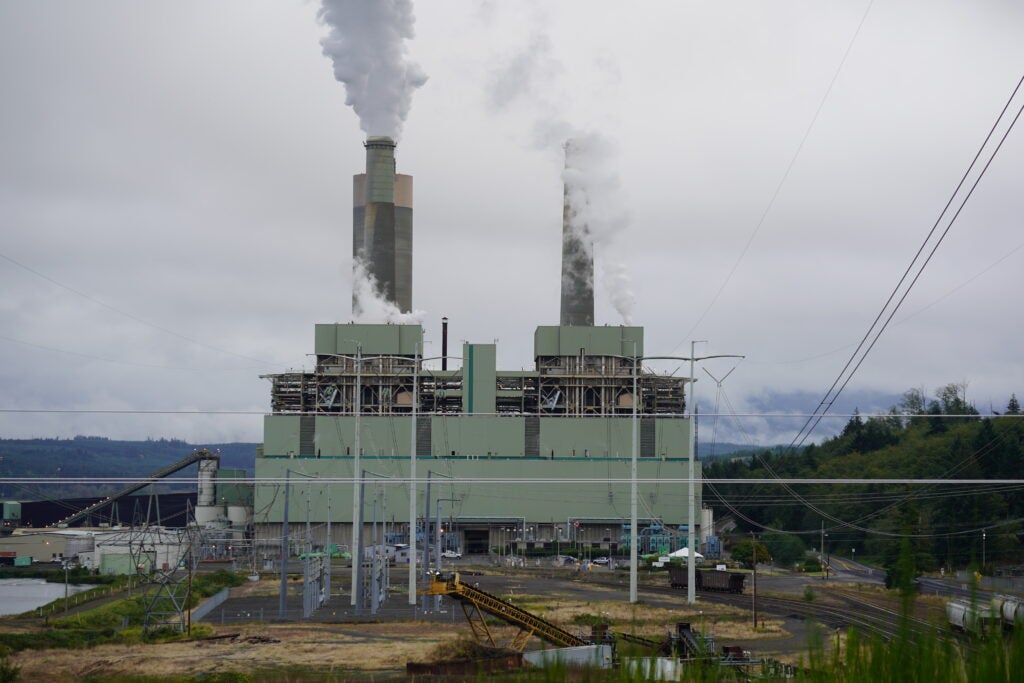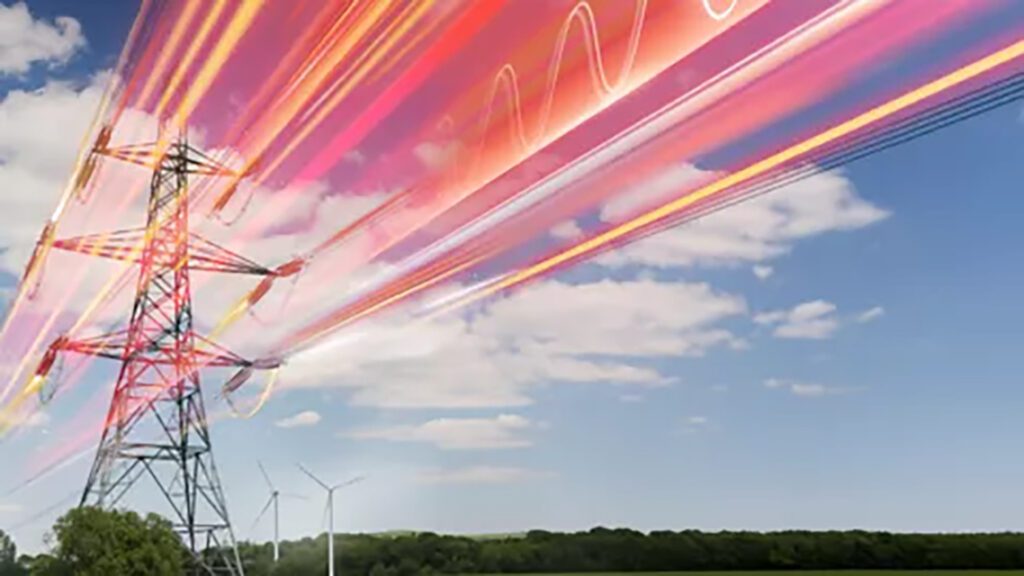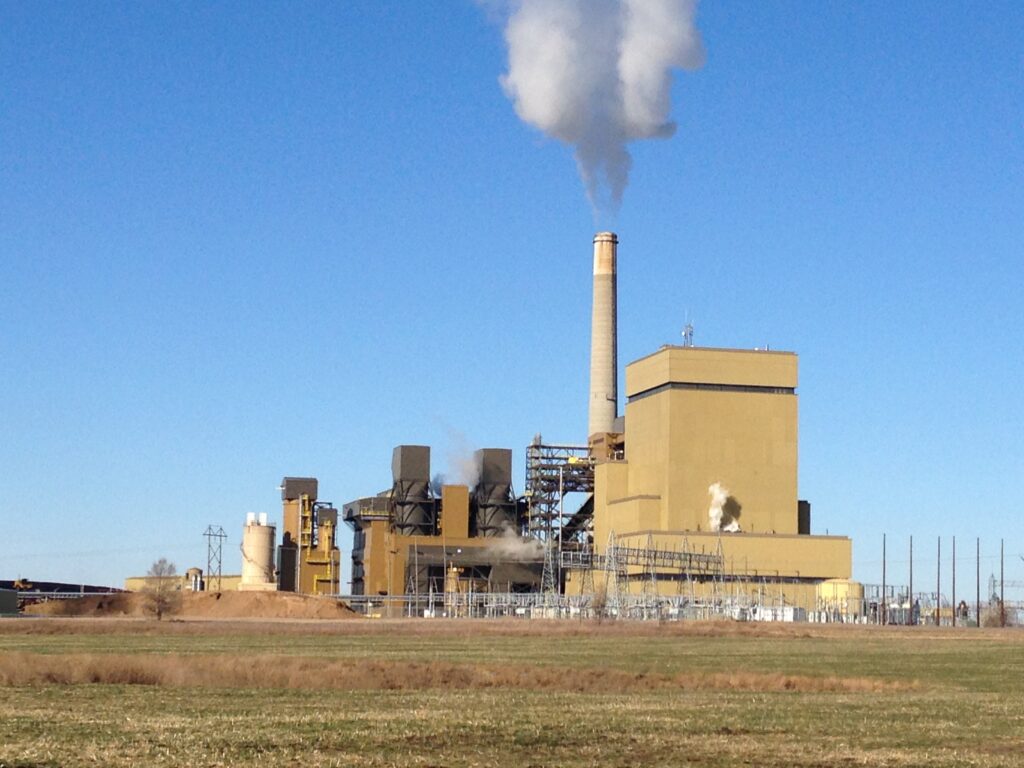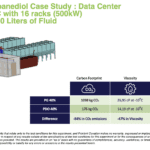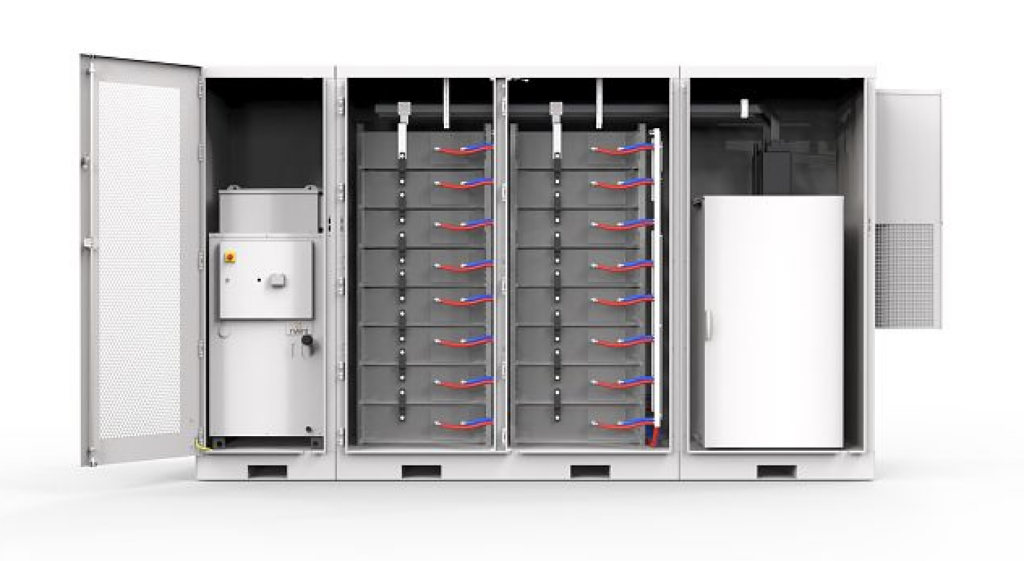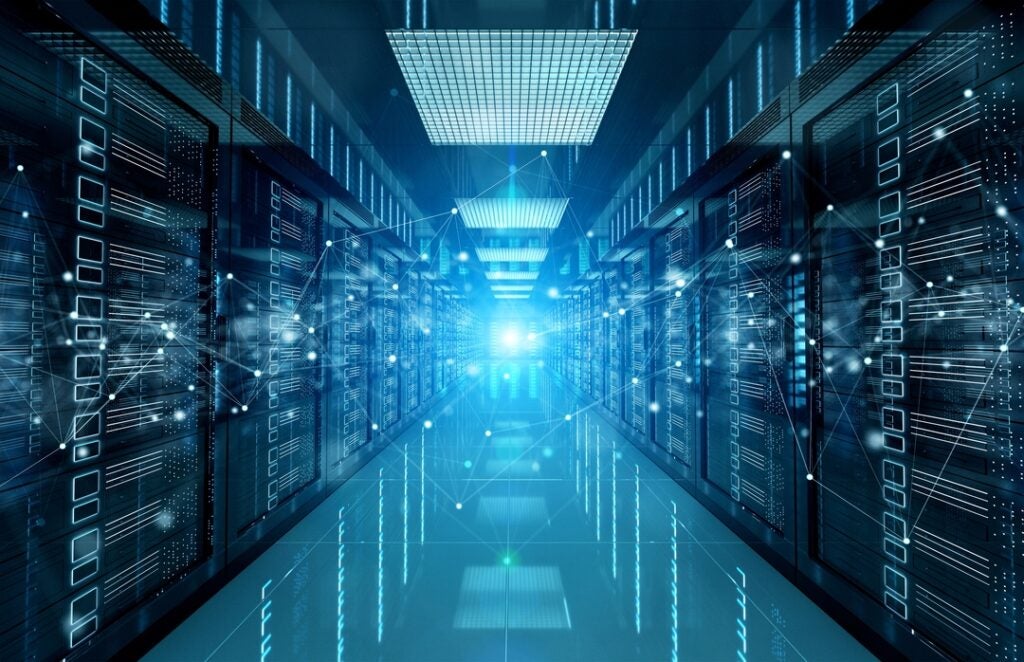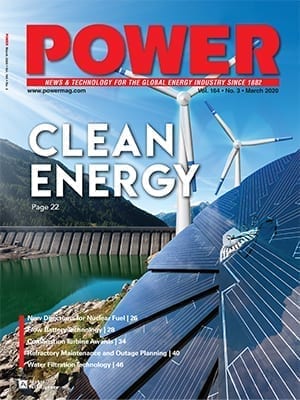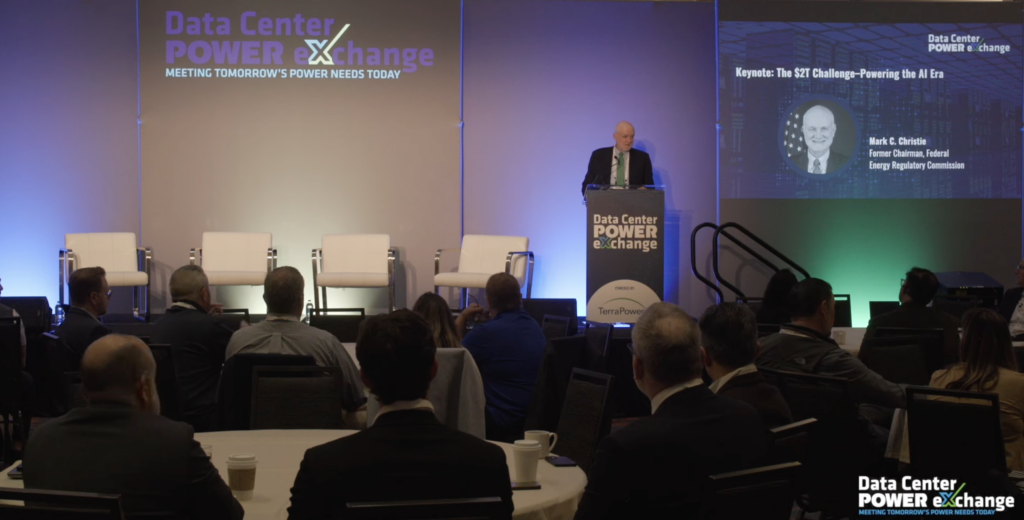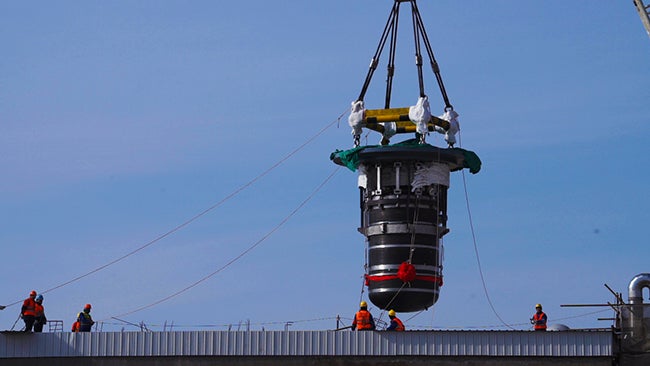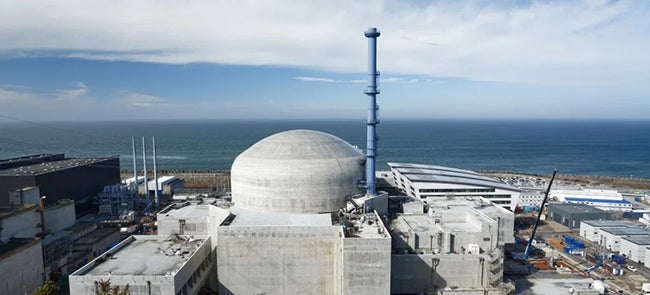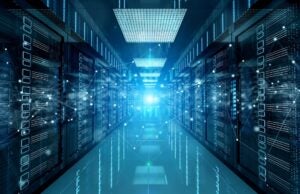
Data centers are the backbone of the digital age, housing the servers and networking equipment that power everything from cloud computing to streaming services. As these facilities grow in size and complexity, so does the challenge of keeping them cool. Traditionally, air cooling technologies have been the go-to solution for managing the immense heat generated by data centers, but as data centers grew larger and more powerful, water-cooling systems began to replace or augment air cooling systems.
Now, the industry is moving beyond both air and water toward new, more sustainable cooling methods. This article explores the historical use of water-cooling technologies, the challenges they face, potential replacements and the advancements in technology and policy shaping the future of data center cooling.
COMMENTARY
Historical Use of Water-Cooling Technologies
Water cooling has been a staple in data center operations for decades. The primary method involves using water to absorb heat from information technology (IT) equipment, which is then expelled either as a heated liquid or gas. This approach is necessary for larger data centers that house extensive IT equipment and generate significant heat. Early systems relied on chilled water systems, where water was cooled using chillers and circulated through the data center to absorb heat. Over time, more sophisticated methods such as direct-to-chip cooling and immersion cooling emerged, offering improved efficiency and performance.
POWER is at the forefront of coverage for data centers, particularly related to how technology companies will source the power needed to operate their artificial intelligence ventures. Read our POWER Primer, “Focus on Data Centers,” and register today to attend our inaugural Data Center POWER eXchange event, scheduled Oct. 28 in Denver, Colorado.
Challenges Facing Water Cooling Technologies
Despite their effectiveness, water cooling technologies face several challenges. Ensuring uniform cooling across numerous intricate systems can be difficult. Inconsistent water flow and server heat output can create zones that are overly or inadequately cooled, causing inefficiency and overheating. Additionally, one of the largest consumers of energy in data centers is the cooling system, and inefficient systems can misdirect energy, leading to higher operational costs. Water cooling systems require regular monitoring and maintenance to prevent leaks and ensure optimal performance. The complexity of these systems can lead to higher maintenance costs and potential downtime.
The search for more sustainable and efficient cooling methods has led to the development of several promising alternatives such as direct-to-chip cooling and immersion cooling, especially as modern, higher performance IT equipment produces more heat. Combining air and advanced liquid cooling can help optimize performance and efficiency. Hybrid systems allow liquid cooling to supplement air cooling in high-density zones, maximizing any investment in liquid cooling upgrades to an existing air-cooled data center. Emerging technologies like two-phase immersion cooling, where servers are submerged in a non-conductive fluid that boils off to remove heat, are being explored for their potential to revolutionize data center cooling. These alternative cooling methods offer superior efficiency and reduced energy consumption.
Advancements in Technology and U.S. Policies Influencing Cooling Technologies
Technological advancements and policy changes are driving the evolution of data center cooling. The rise of artificial intelligence (AI) and high-performance computing has increased the demand for efficient cooling solutions. Liquid cooling technologies such as direct-to-chip and immersion cooling are becoming more prevalent due to their superior performance in handling high-density workloads.
While closed-loop and evaporative systems are widely used in data centers for their water efficiency, they are not yet as thermally efficient as direct-to-chip or immersion cooling technologies. However, innovation in this space is accelerating. Research conducted by elite universities in the U.S. shows that solar-powered desalination systems are becoming more cost-effective than tap water, offering scalable, off-grid solutions for water sourcing. Advancements like this are helping data centers reduce environmental impact and navigate permitting challenges more efficiently.
The U.S. Department of Energy and U.S. Environmental Protection Agency have introduced standards and incentives to promote energy efficiency in data centers, with programs such as the Energy Star for Data Centers encouraging the adoption of efficient cooling technologies. Additionally, many states have passed legislation or introduced bills addressing utility connections and rates, availability of alternative power sourcing and required public disclosures. These policies are pushing the industry towards more water-efficient cooling methods.
Water Scarcity Challenges
Liquid cooling can require intensive water use, with a 1-MW data center using up to 25.5 million liters of water per year. Today’s data centers easily reach into the hundreds of megawatts, with several multibillion-dollar campuses being planned with peak consumption measured in gigawatts. A major generative AI application uses approximately 500 milliliters of water per 10 replies to 50 replies. While currently only less than one-third of data centers track water use, measures such as water usage effectiveness can help keep track of water use.
Some data centers have now begun making water management a central consideration in their operations. One promising solution consists of closed-loop cooling systems, where water is recycled or rainwater is used, and these solutions show promise of possible 50% to 70% savings in water use. Other businesses in the data center space have started taking the local water context into account when designing a data center, including considering the area’s available water and how the area would respond to higher water use. One major technology company has begun to view water sourcing as another factor alongside access to non-carbon energy as part of a broad approach to sustainability.
Addressing Legal Challenges to Water Access
Because data centers require extensive amounts of water, access to water—including legal rights to water resources—is crucial to data center operations, posing potential challenges in the context of water scarcity concerns. For instance, in Texas, possible water shortages have prompted some municipalities to preemptively purchase groundwater rights. The city of El Paso purchased 70,000 acres from 2016 to 2021 to secure access to its groundwater. Municipalities may also impose water use restrictions, with certain Texas counties—primarily around the major cities of Houston, Dallas-Forth Worth, and Austin—imposing approximately 200 water use restrictions in 2024.
Given these local efforts to purchase groundwater rights and restrict water use, navigating the legal challenges surrounding water rights and restrictions will be crucial to data center operations, especially as the growth of data centers compels more municipalities to take data center operations into account when crafting local water use and water scarcity mitigation policies. For developers, obtaining adequate water rights – whether contractually or through permitting – and aligning the terms of supply with the service level commitments in their tenant leases is critical. Particularly in the case of large-scale campuses, securing water rights is a critical early step in the overall development process.
There are also “Not in My Backyard” (NIMBY) challenges that may arise where there is public opposition to the development of a data center that is proposed near a population center. To proactively address this potential issue, data center developers are increasingly engaging with local communities and regulatory bodies early in the permitting process. This includes transparent communication and public education campaigns about environmental impacts, especially around water and energy use, and demonstrating how data centers can serve as regional assets. Strategies such as integrating data centers into grid infrastructure, using renewable energy and minimizing noise and visual disruption are proving effective in reducing NIMBY opposition and expediting approvals.
Other creative solutions may be available, depending on the circumstances. For example, a data center may consider co-locating their facility with an existing conventional power generation facility that has an existing allocation for cooling water. The data center might benefit not only from a stable power supply, but it might also be possible to make use of cooling water volumes that exceed the generation facility’s needs.
Conclusion
The evolution of data center cooling technologies reflects the industry’s response to growing environmental concerns and the need for greater efficiency. While water cooling has been a reliable solution for decades, its shortcomings are prompting a shift toward more sustainable alternatives. Advances in liquid cooling, hybrid systems and other innovative technologies, coupled with supportive policies, are paving the way for a new era in data center cooling. As the industry continues to evolve, staying informed about these developments will be crucial for legal professionals advising clients in the energy and data center sectors.
—Ram Sunkara is a partner at Holland & Knight, specializing in energy and infrastructure, mergers and acquisition, and related transactions. Joshua Belcher is a partner at Holland & Knight, specializing in energy transactions and business law. Blaine Remmick is a corporate attorney at Holland & Knight, specializing in corporate transactions. Nikolai Hood is a corporate attorney at Holland & Knight, specializing in corporate transactions.



